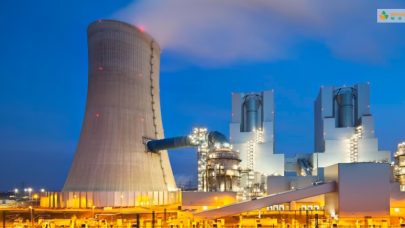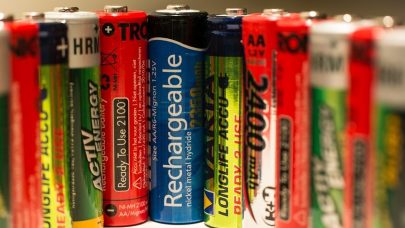Natural gas is often visible in underground rock formations and is extract through drilling. It is consider a cleaner-burning fuel compare to coal and oil, it produces fewer emissions of pollutants like sulfur dioxide and particulate matter burn.
The combustion of natural gas releases carbon dioxide, its carbon footprint is generally lower than of that fossil fuels.
What Is The Definition Of Natural Gas?

Natural gas is a fossil fuel that primary consists of methane (CH₄), it can have small amounts of other hydrocarbons, like ethane, propane, butane, and pentane, and traces of carbon dioxide, nitrogen, hydrogen sulfide, and helium.
It is a versatile and clean burning source of energy it uses for various purposes, like heating, electricity generation, and fuel for vehicles.
What Are The Different Types Of Natural Gas?
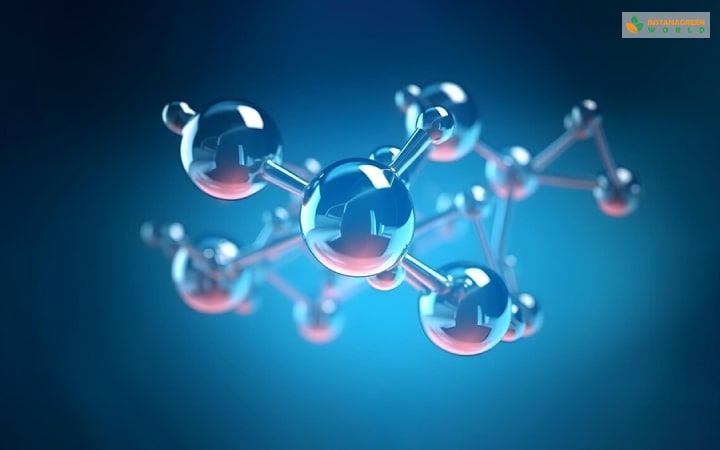
The key components of natural gas include hydrocarbons, which are molecules compose of hydrogen and carbon atoms. The primary component of natural gas is methane (CH₄), it can contain hydrocarbons and impurity. Here are the key component:
Propane
Propane is heavier hydrocarbon present in natural gas. It has three carbon atoms and eight hydrogen atoms. Propane is commonly use as a fuel for heating, cooking, and transportation.
Methane
Methane is the primary component of natural gas, typically making up a significant portion of its composition. It is a simple hydrocarbon with one carbon atom and four hydrogen atoms.
Ethane
Ethane is a heavier hydrocarbon available in natural gas. It consists of two carbon atoms and six hydrogen atoms. Ethane is often separate from natural gas and use as a feedstock for the petrochemical industry.
Butane
Butane is a heavier hydrocarbon with four carbon atoms and ten hydrogen atoms. Like propane, butane is use as a fuel for heating and cooking and is employ as a fuel in some vehicles.
Shale Gas
Shale gas is a type of natural gas traps shale rock formations deep beneath the Earth’s surface. It is extract through a process know as hydraulic fracturing or fracking.
CNG (Compressed Natural Gas)
CNG stands for Compressed Natural Gas. It is a type of natural gas that has been compress to reduce its volume for storage and transportation. CNG primari contains methane (CH₄) and is use as a fuel for various applications.
LPG (Liquified Petroleum Gas)
LPG stands for Liquefied Petroleum Gas. It is a flammable hydrocarbon gas use as fuel in heating appliances, cooking equipment, vehicles, and various industry applications.
LPG is commonly compose of propane (C₃H₈) and butane (C₄H₁₀), and its physical state can change from gas to liquid under moderate pressure.
Methane Hydrate
Methane hydrate, known as methane clathrate or methane ice, is a crystalline solid compound consist of methane molecules trapped within a lattice of water molecule.
It forms under specific conditions of low temperature and high pressure, typically in deep-sea sediments and permafrost regions. Methane hydrate is popularly refer to as “fire ice,” it can burn if ignite and appears to be ice-like.
Natural Gas Condensate
Natural gas condensate, simply refer to as condensate, is a liquid hydrocarbon mixture that forms it is subject to changes in temperature and pressure. It is typically visible in association with natural gas reservoir.
What Is Natural Gas Use For?
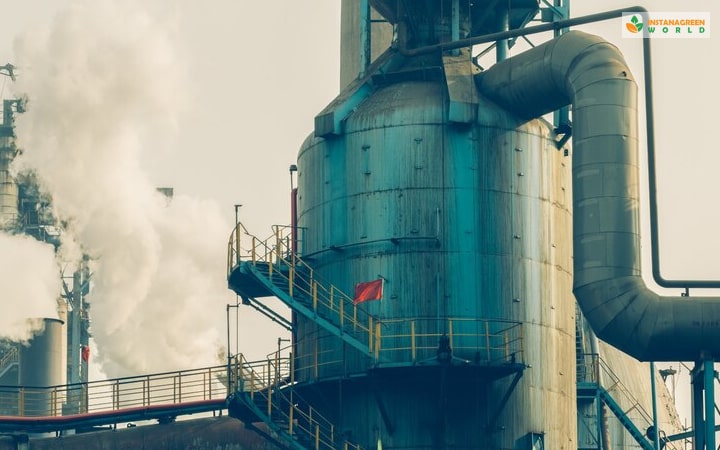
Natural gas is a versatile fossil fuel is use for a variety of purposes different sectors. Its clean-burning characteristics, relative abundance, and ease of transport make it a valuable energy resource.
Electricity Generation
Natural gas is a major fuel source for electricity generation. Power plants equipped with gas turbines or combined cycle systems use it to produce electricity. It is a reliable and efficient option that can be quickly ramped up or down to meet fluctuating demand.
Heating
It is widely used for residential, commercial, and industrial heating. It is commonly used for space heating in homes, water heating, and heating in various industrial processes.
Cooking
Natural gas is a popular fuel for cooking appliances like stoves, ovens, and grills. It is preferred for its precise temperature control and instant heat.
Industrial Processes
Many industrial processes rely on natural gas as a source of heat. Industries like metal manufacturing, glass production, and food processing use natural gas for various heating applications.
Transportation
Natural gas is use as a fuel for certain types of vehicles. Compressed Natural Gas (CNG) and Liquefied Natural Gas (LNG) use in buses, trucks, and some passenger vehicles. It is consider a cleaner burning alternative to traditional gasoline or diesel.
Cogeneration
Natural gas is use in combine heat and power (CHP) systems, known as cogeneration. These systems generate electricity and useful heat, improving energy efficiency.
What Are The Advantages Of Natural Gas?
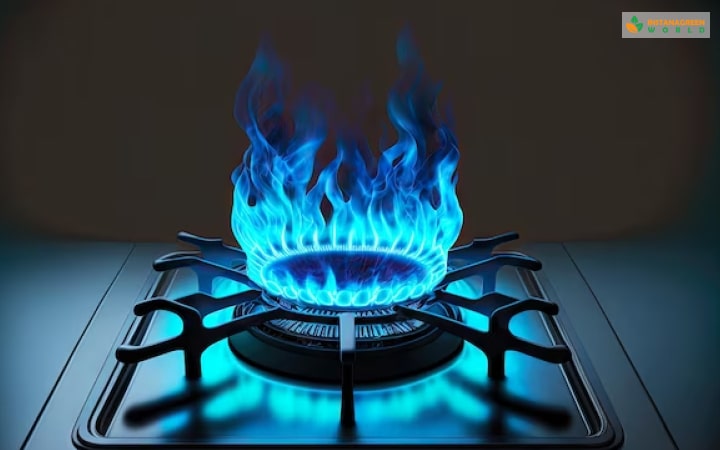
Natural gas offers several advantages as an energy source, contributing to its widespread use across various sectors. Here are some key advantages of natural gas:
Clean – Burning
Natural gas is a relatively clean-burning fossil fuel. If combust, it produces fewer pollutants like sulfur dioxide (SO₂), nitrogen oxides (NOx), particulate matter, and carbon monoxide compare to other fossil fuels like coal and oil. It releases less carbon dioxide (CO₂) per unit of energy produce.
High Energy Efficiency
Natural gas power plants and appliances are know for their high energy efficiency. Combine cycle power plants, can achieve efficiency levels higher of some conventional power generation technologies.
Versatility
It is a versatile energy source that can be use for various applications, including electricity generation, heating, cooking, and as a fuel for vehicles. Its versatility makes it a valuable resource in different sectors.
Abundance And Accesibility
It reserves are abundant, and it is widely accessible in many regions of the world. This accessibility contributes to energy security and reduces dependence on specific geopolitical sources.
Infrastructure Development
It infrastructure, including pipelines and storage facilities, is well-establish in many regions. This infrastructure supports the reliable transportation and distribution of natural gas to end-users.
Origin Of Natural Gas
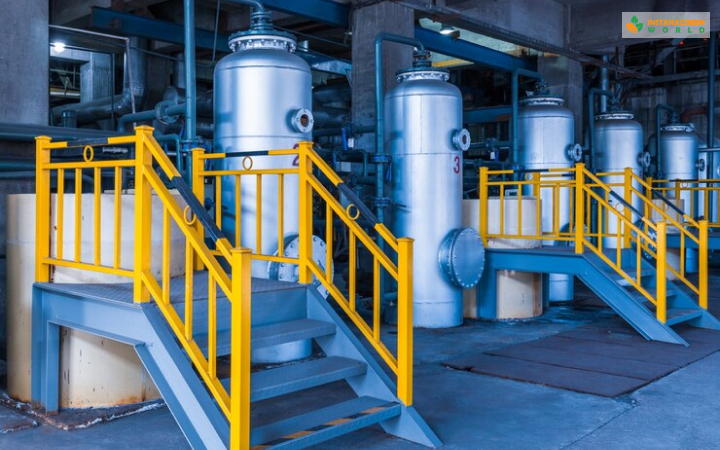
Organic Formation Process
“Natural gas is more ubiquitous than oil. It is derived from both land plants and aquatic organic matter and is generated above, throughout, and below the oil window. Thus, all source rocks have the potential for gas generation.”
The Biological Stage
“During the immature, or biological, stage of petroleum formation, biogenic methane (often called marsh gas) is produced as a result of the decomposition of organic material by the action of anaerobic microbes.”
The Thermal Stage
“In the postmature stage, below about 5,000 meters (16,000 feet), oil is no longer stable, and the main hydrocarbon product is thermal methane gas. The thermal gas is the product of the cracking of the existing liquid hydrocarbons.”
Inorganic Formation
“Inorganic processes may have produced some methane. The original source of Earth’s carbon was the cosmic debris from which the planet formed. If meteorites are representative of this debris, the carbon could have been supplied in comparatively high concentrations as hydrocarbons, such as are found in the carbonaceous chondrite type of meteorites.”
The Geologic Environment
“Like oil, natural gas migrates and accumulates in traps. Oil accumulations contain more recoverable energy than gas accumulations of similar size, even though the recovery of gas is a more efficient process than the recovery of oil.”
Conventional Gas Reservoirs
“Gas reservoirs differ greatly, with different physical variations affecting reservoir performance and recovery. In a natural gas (single-phase) reservoir it should be possible to recover nearly all of the in-place gas by dropping the pressure sufficiently.”
Unconventional Gas Reservoirs
“Substantial amounts of gas have accumulated in geologic environments that differ from conventional petroleum traps. This gas is termed unconventional gas and occurs in “tight” (i.e., relatively impermeable) sandstones, in joints and fractures or absorbed into the matrix of shales, and in coal seams.”
Tight Gas
“Tight gas occurs in either blanket or lenticular sandstones that have an effective permeability of less than one millidarcy (or 0.001 darcy, which is the standard unit of permeability of a substance to fluid flow).”
Shale Gas
“Shale gas was generated from organic mud deposited at the bottom of ancient bodies of water. Subsequent sedimentation and the resultant heat and pressure transformed the mud into shale and also produced natural gas from the organic matter contained in it.”
Coal-Based Methane
“Considerable quantities of methane are trapped within coal seams. Although much of the gas that formed during the initial coalification process is lost to the atmosphere, a significant portion remains as free gas in the joints and fractures of the coal seam; in addition, large quantities of gas are adsorbed on the internal surfaces of the micropores within the coal itself.”
Geopressured Fluids And Methane Hydrate
“Geopressured reservoirs exist throughout the world in deep, geologically young sedimentary basins in which the formation fluids (which usually occur in the form of a brine) bear a part of the overburden load. The fluid pressures can become quite high, sometimes almost double the normal hydrostatic gradient.”
Wrapping Up!
Well, there you know, what natural gas is and also what are its different types and what are their benefits as well. If you think that this article was helpful for you, then all you need to do is give this article a like and comment down below.












